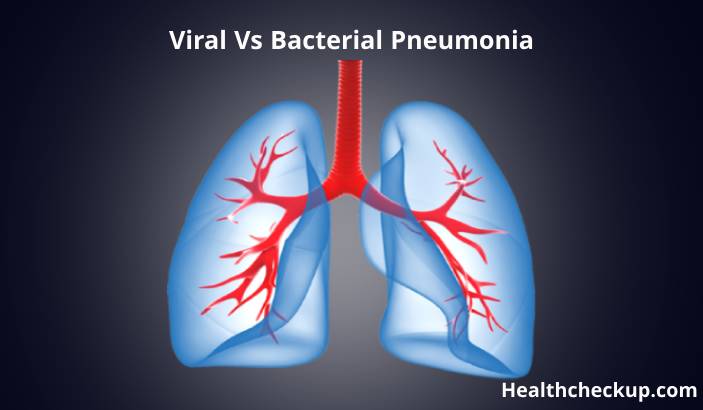Bilirubin is a metabolite that naturally occurs in your body. While it’s considered toxic, your body has the capability to deal with it. After this pigment is produced, it passes through your liver, and your body ultimately excretes it. However, high levels of bilirubin could be a sign of something serious, so let’s consider what a dangerous level is and what you should know about it.
What is Bilirubin?
As blood cells get old, your body naturally starts to break them down. When this happens, some compounds are produced. To better understand where bilirubin comes in, we have to consider heme, a type of coordination complex. It helps to ensure iron binds to proteins. When your body breaks down these old blood cells, then bilirubin circulates in your bloodstream as a metabolite of heme.
Bilirubin is a type of pigment with a yellowish color. It is considered to be toxic. Fortunately, the human body is able to get rid of the bilirubin that’s present in the body. Normal and Dangerous Levels of Bilirubin
Knowing when your bilirubin levels are high is important, as it can be a potential sign of an underlying condition.
In healthy adults, bilirubin levels should be below 1.2 mg/dL. The general range is from 0.2 mg/dL up to 1.2 mg/dL.
While there isn’t a specific rule that outlines when levels of bilirubin are dangerous, it’s usually considered a concern if it goes above 1.2 mg/dL.
In children, it’s advised that bilirubin levels should not exceed 1.0 mg/dL.
What Does High Bilirubin Levels Mean?
If your doctor requests some blood tests and tells you that your bilirubin levels are higher than normal, it’s important to ensure you understand what this means.
There are several reasons why your bilirubin levels may be elevated. Sometimes, it can even be an indication of health problems, such as problems with your bile duct or liver.
It’s important to note that the liver is responsible for removing toxins from your blood. If the liver isn’t functioning properly, then it may leave too much bilirubin in your body. This could be a sign that you have a liver disease, such as hepatitis or cirrhosis. People who have jaundice, for example, can have a bilirubin level that sometimes goes as high as 2.5 ml/dL.
Apart from problems with your liver, here are other things that may also contribute to above-normal bilirubin levels:
- Blood diseases: Certain disorders that affect your blood specifically may cause your red blood cells to be destroyed. Hemolytic anemia is one example of such a condition. If your body breaks down or destroys blood cells too quickly, then it can cause levels of bilirubin to increase.
- Medication: It’s also possible for some medications to affect your bilirubin levels. There are several types of drugs that can affect this. Some examples include certain antibiotics, anabolic steroids, MAO inhibitors, oral contraceptives, and morphine.
Other than these, strenuous exercises and certain types of foods may also be considered contributing factors. If bile leaks into your bloodstream due to a blockage in your bile ducts, then it’s also something that can have an impact on your bilirubin levels.
What Can You Do About High Bilirubin Levels?
Your doctor will be able to run some tests to determine why you have high levels of bilirubin in your bloodstream. It’s important to tell your doctor about any symptoms you experience and give them a list of medications that you are taking. This can help to speed up the process of finding the cause.
The doctor will then focus on treating the cause of your high bilirubin levels. If it’s related to medication, however, they will likely suggest changing your prescription to a drug that may not have this effect on your body.
Conclusion
Bilirubin levels that are higher than 1.2 mg/dL could be a sign of underlying health problems, including problems with your liver. Healthy people will usually have serum bilirubin levels that don’t exceed 1.2 mg/dL.
Doctor, author and fitness enthusiast, Ahmed Zayed, MD, is a surgery resident with a passion for helping people live a happy healthy life. He is the author of numerous health-related books and contributor to several medicine, health and wellbeing websites.









